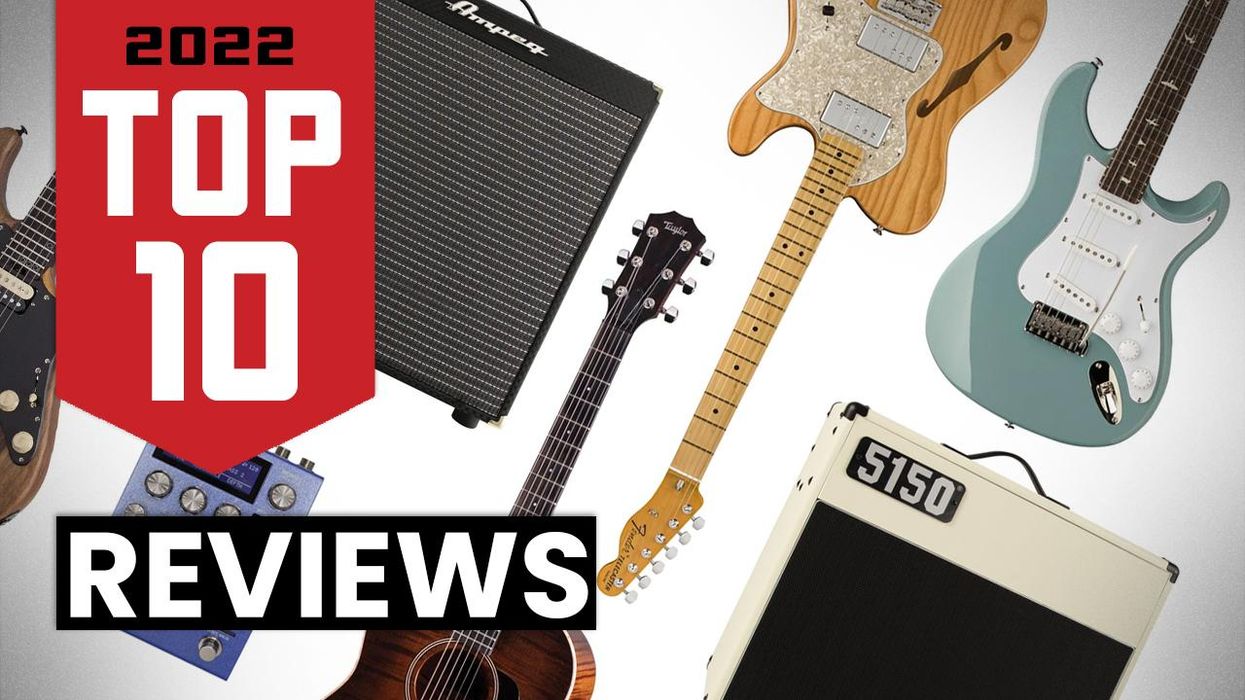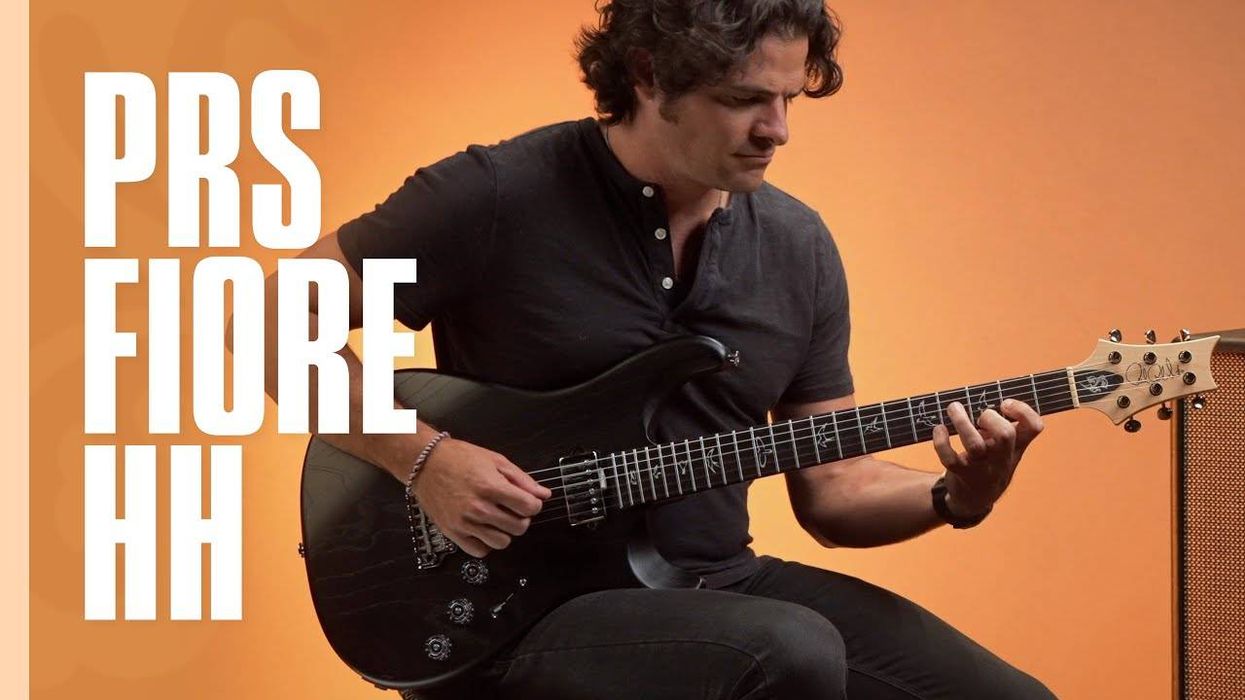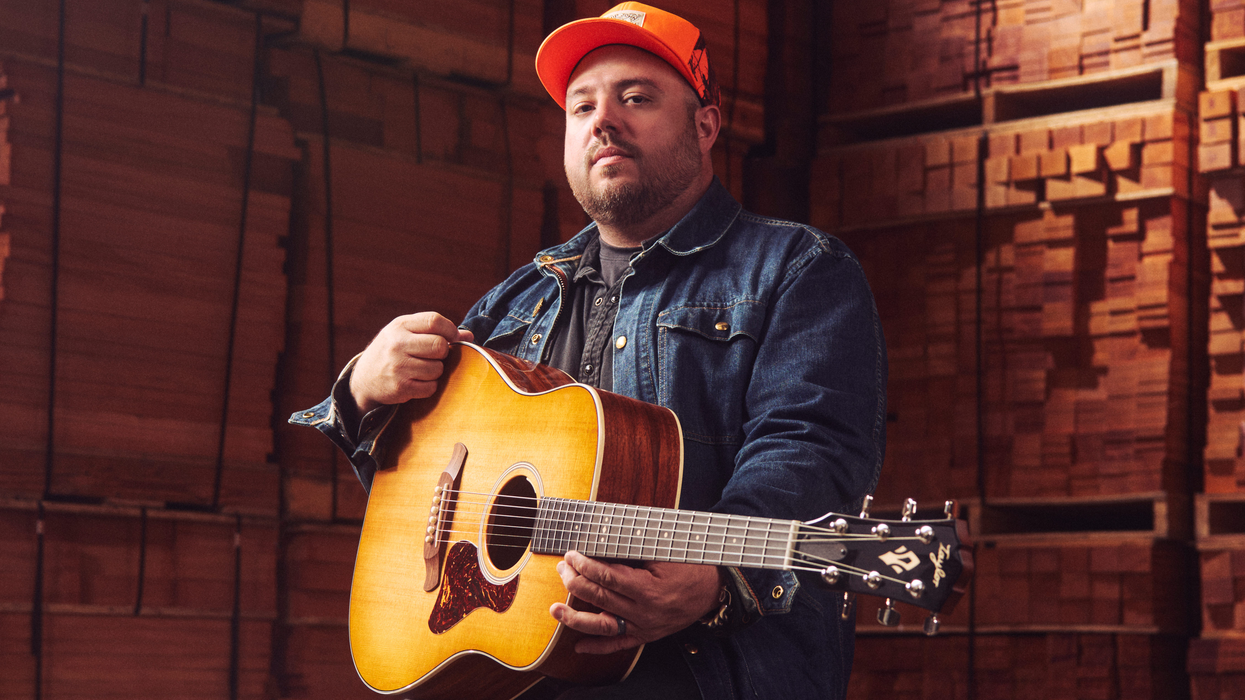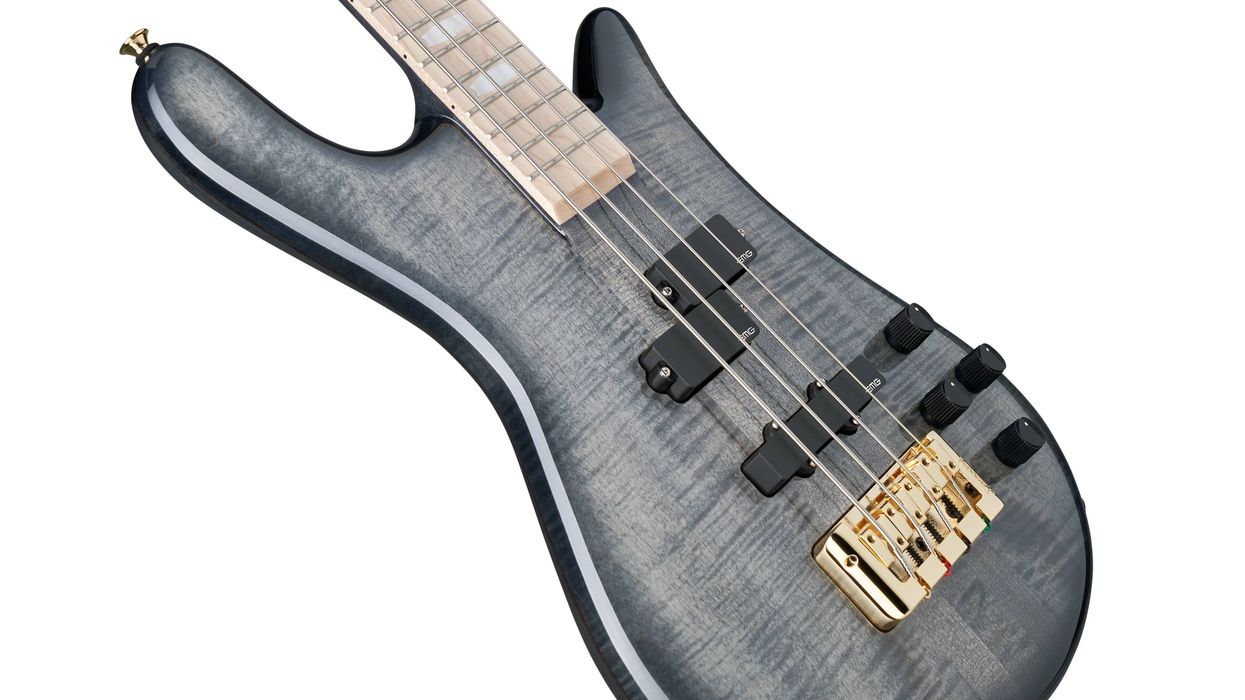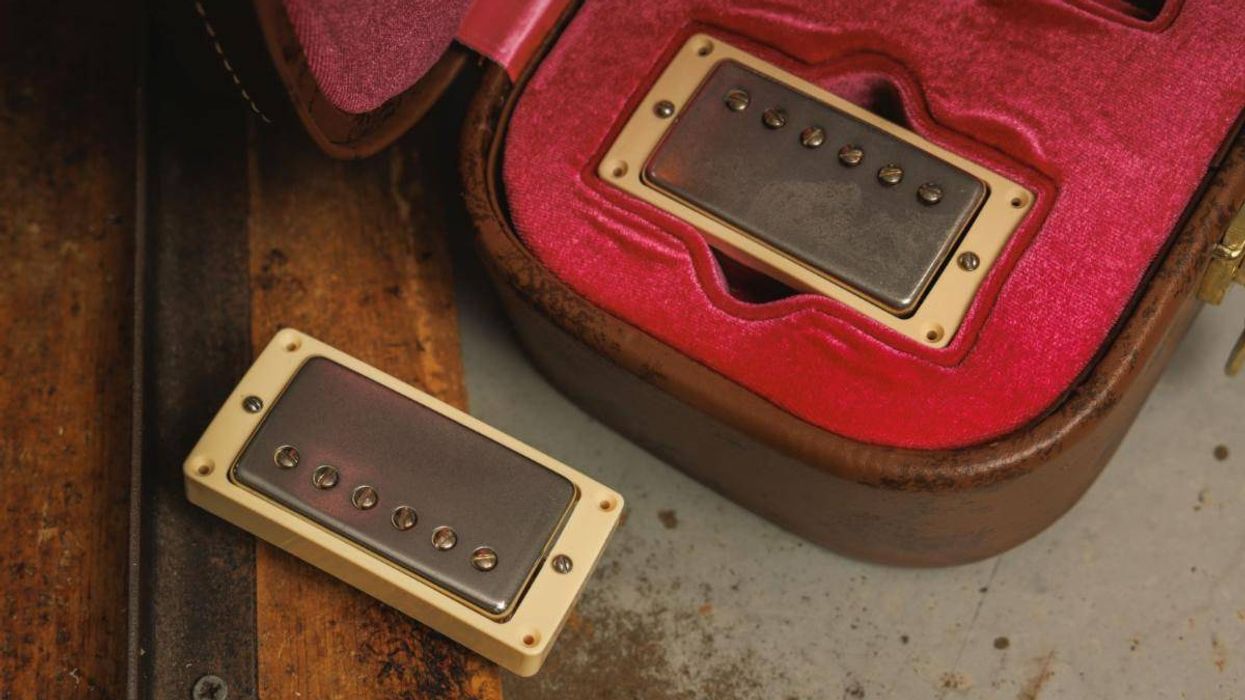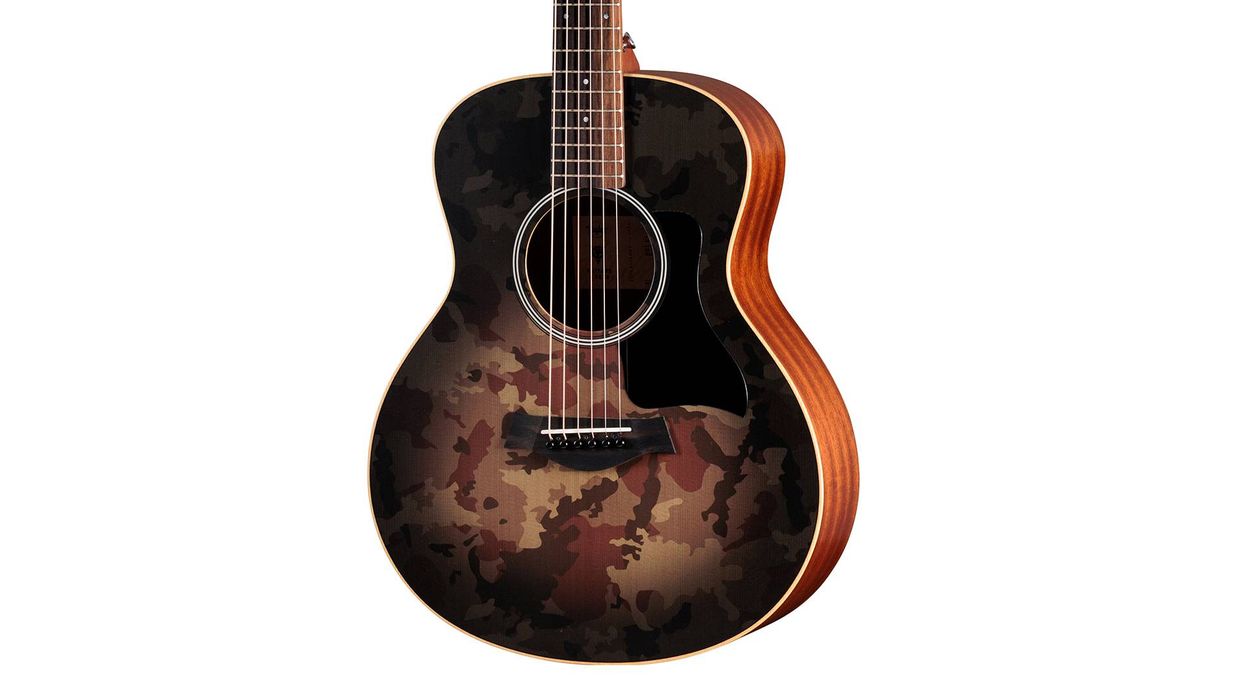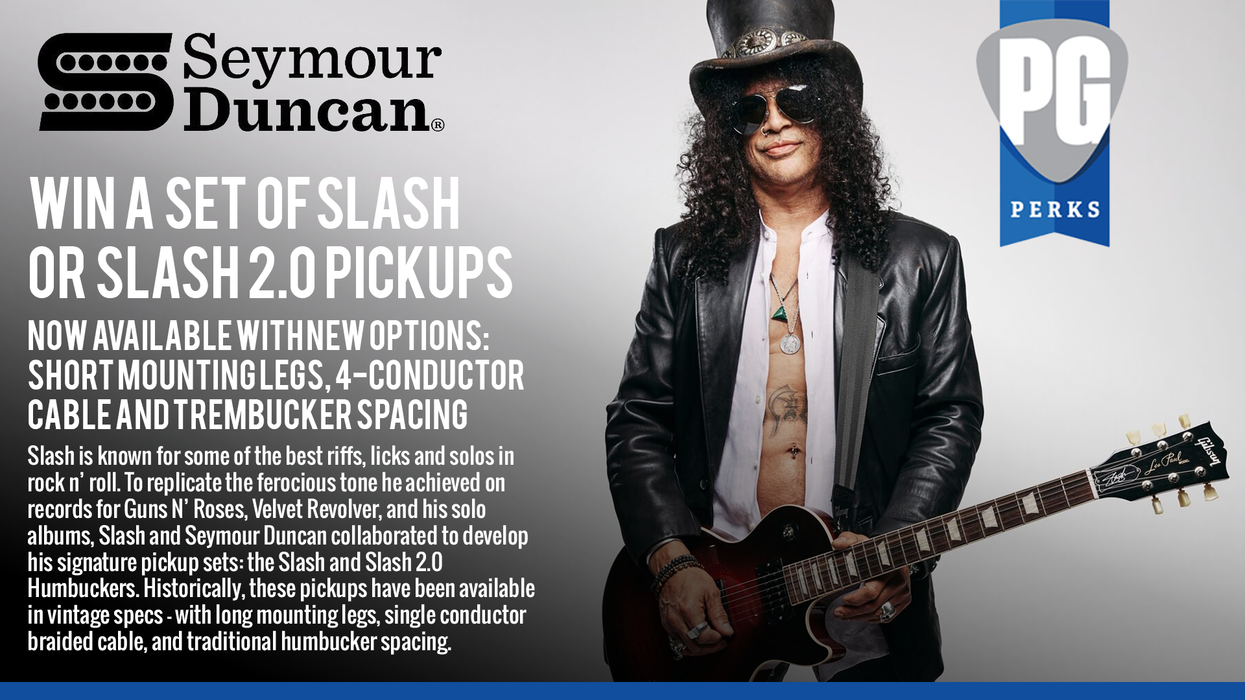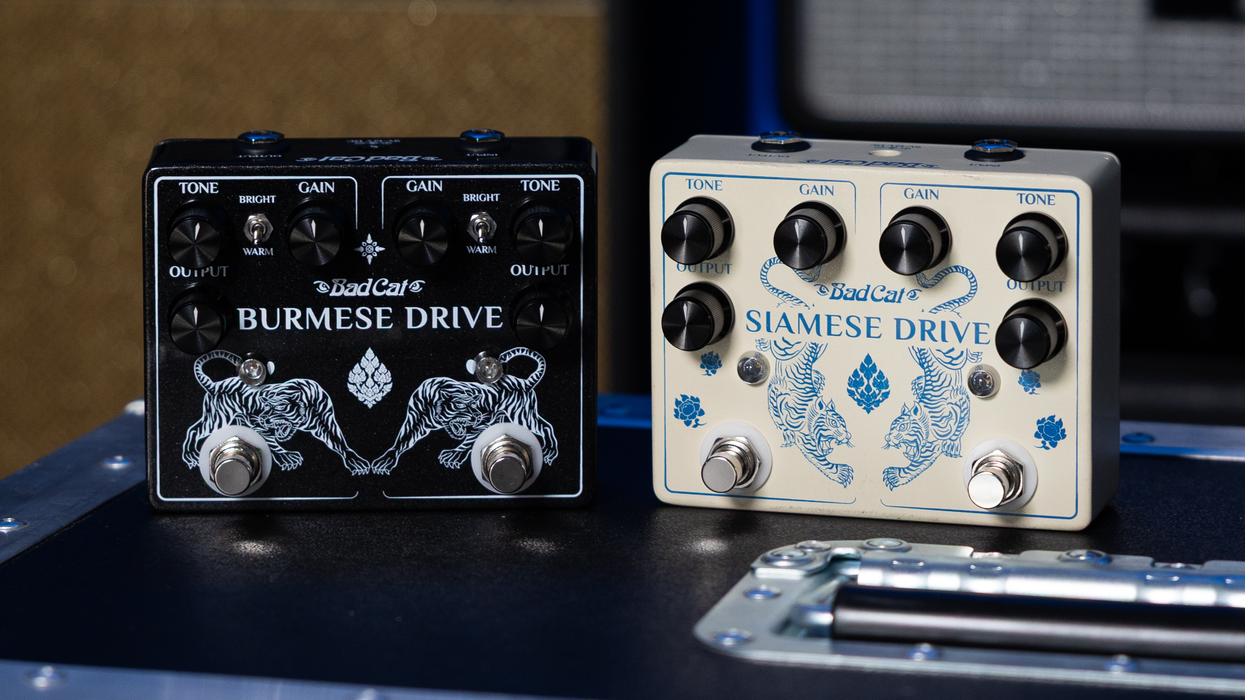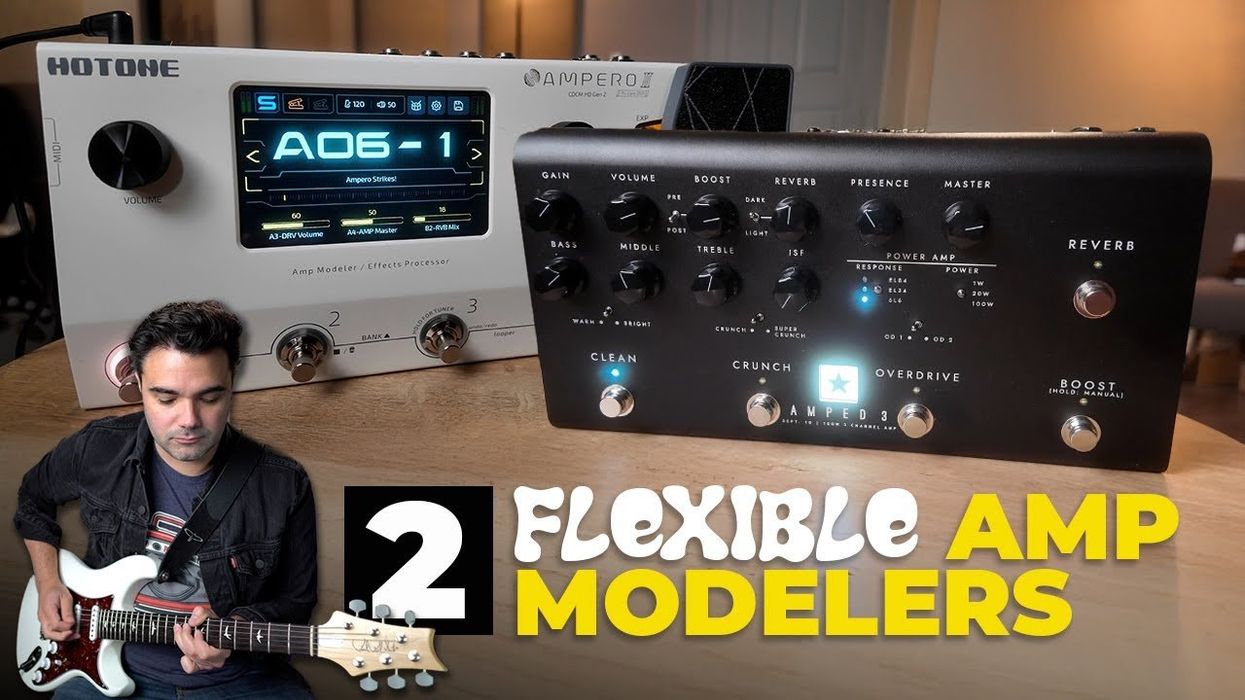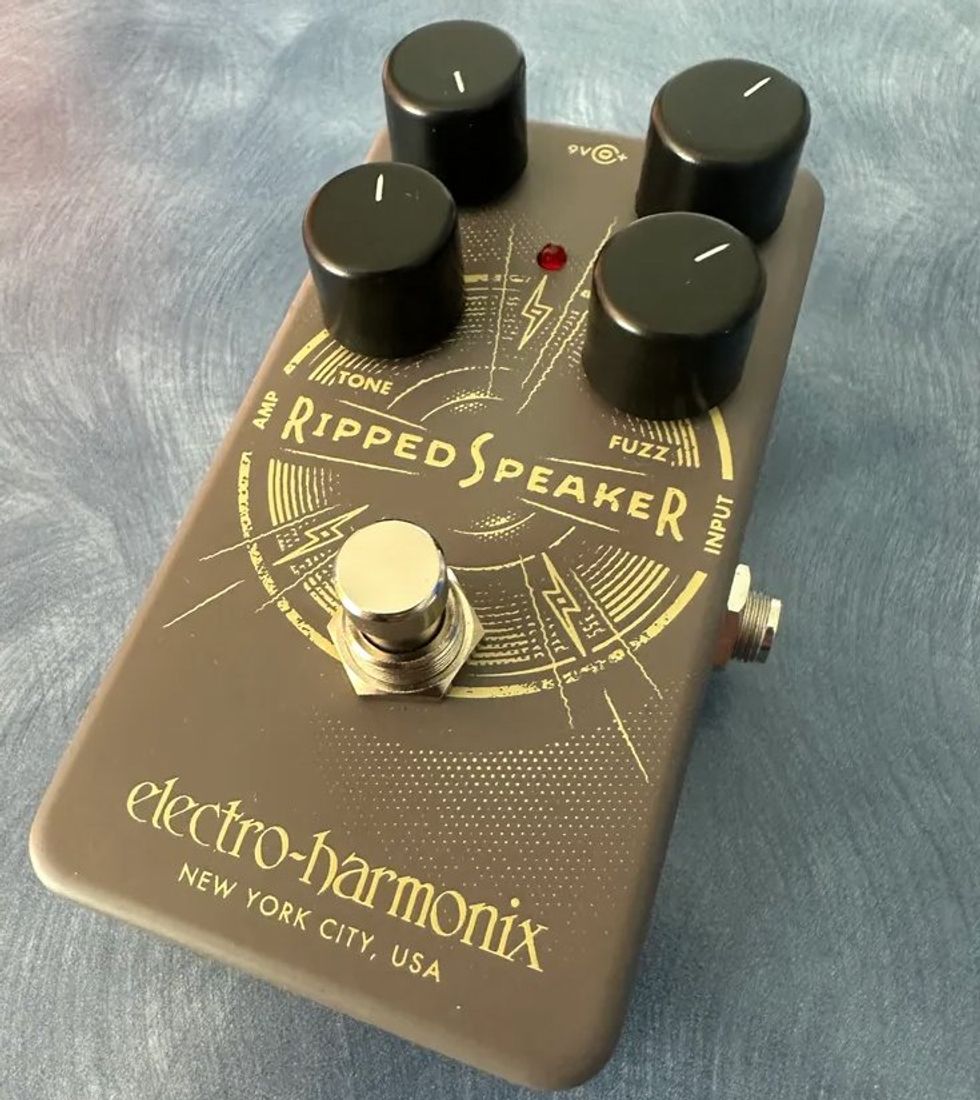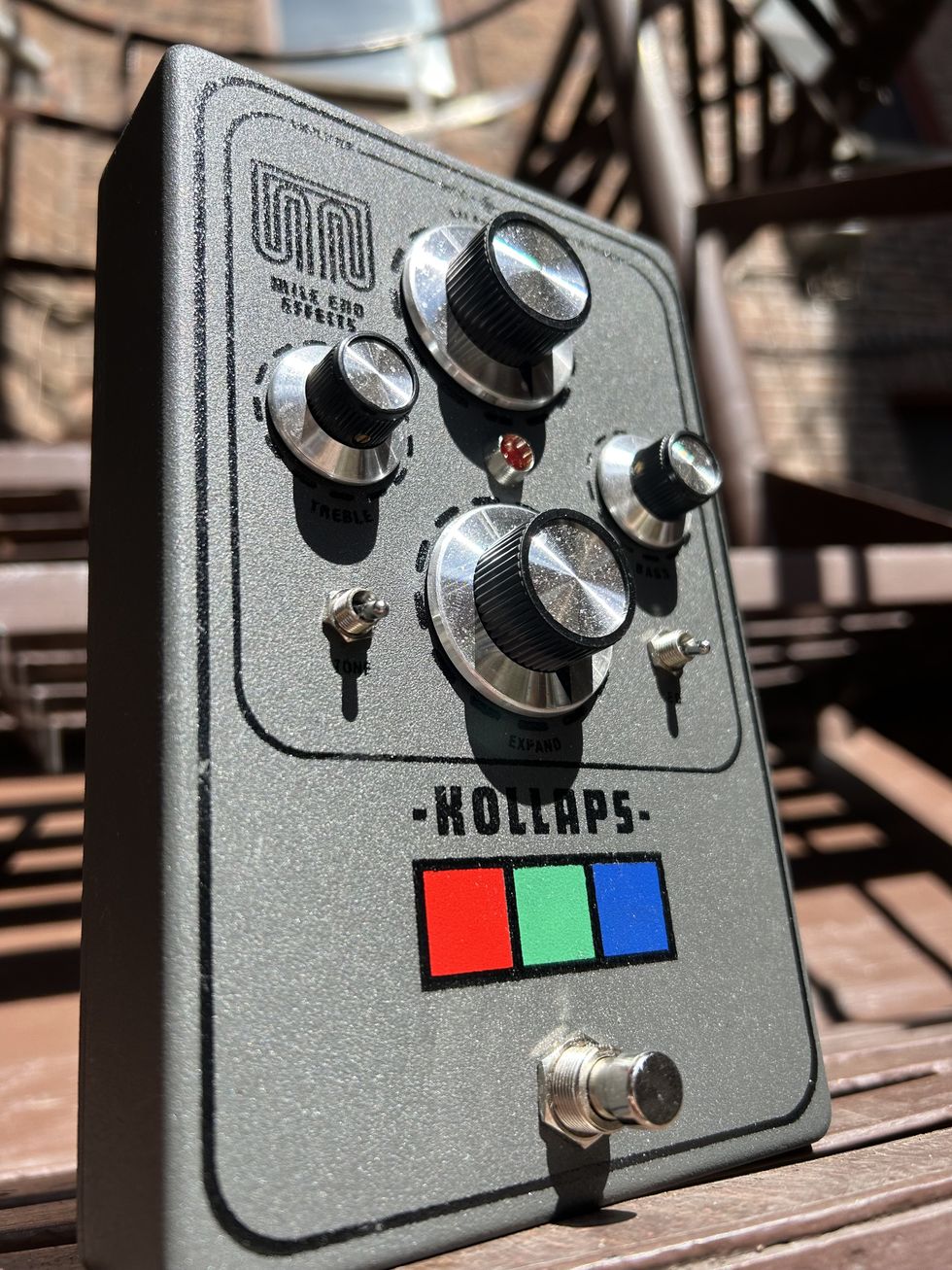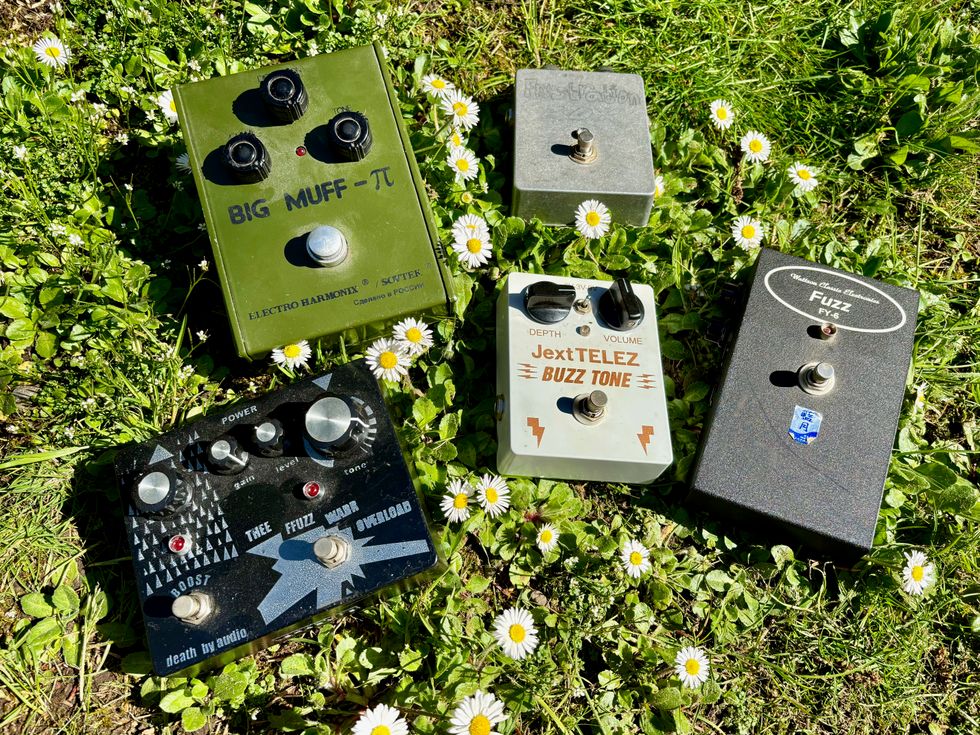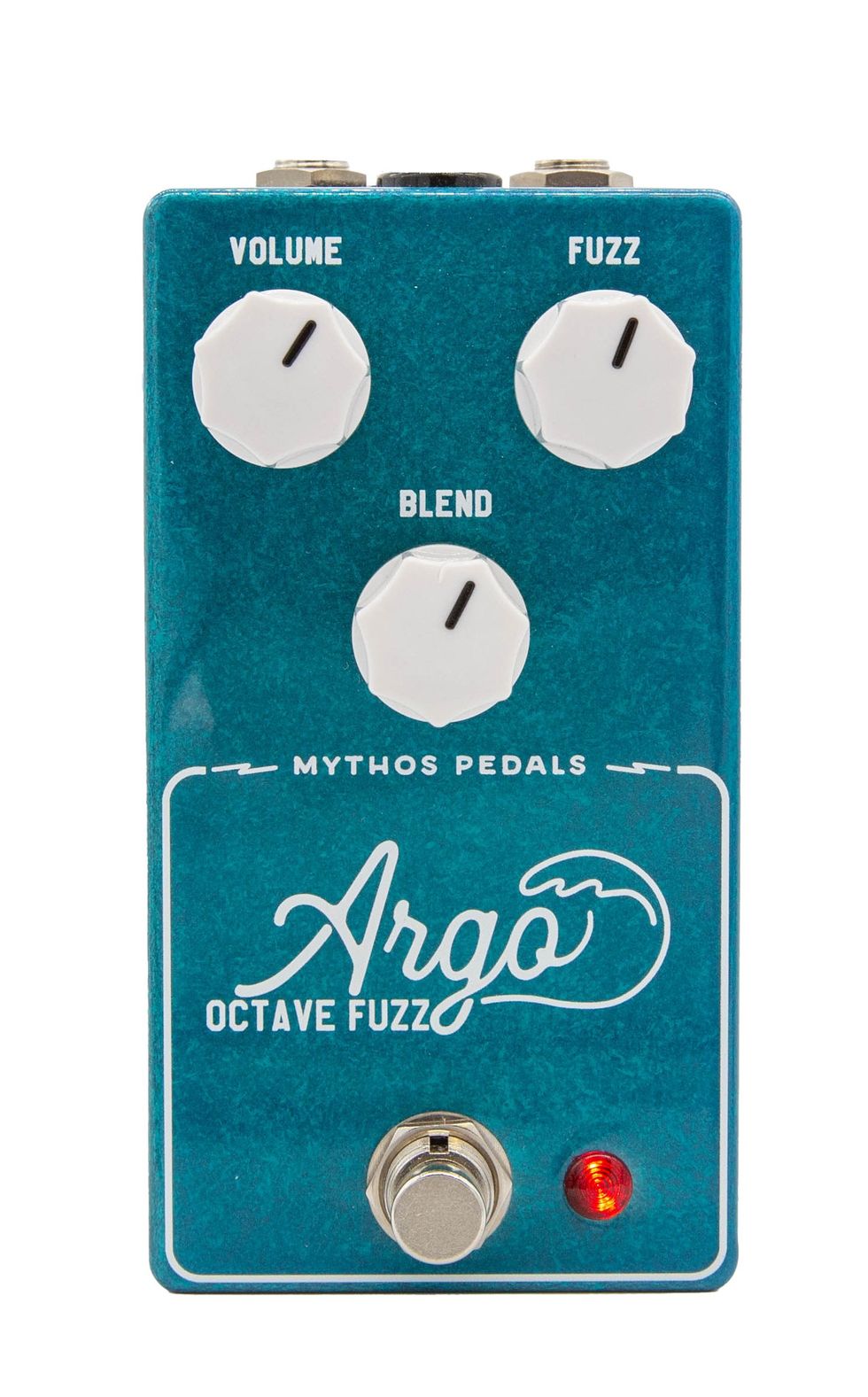Based on your interest: a throwback Tele, a Silver Sky steal, a pair of Boss powerhouses, a duo of diametrically different amps, and a shred machine topped this year’s list.
10. Schecter Sun Valley Super Shredder Exotic Hardtail
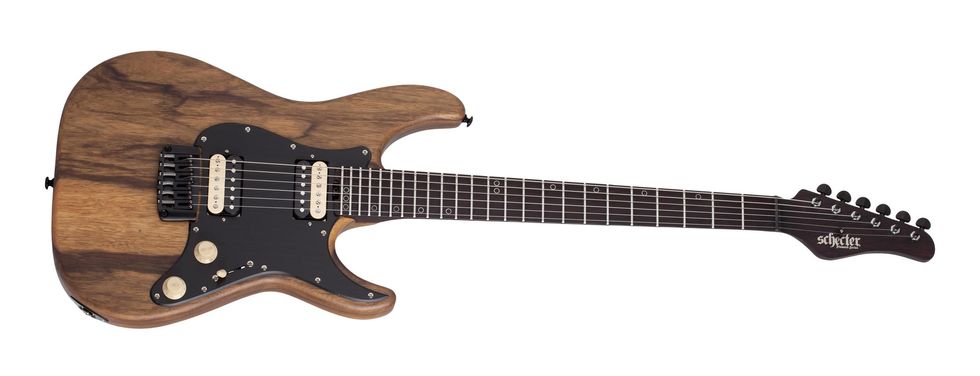 Joe Charupakorn
Joe CharupakornDavid Schecter started Schecter Guitar Research in 1976. In the beginning, the company did repairs and sold parts in their Van Nuys, California, shop (much like their contemporaries, Charvel). But Schecter quickly developed a solid reputation among SoCal players and started selling complete guitars in 1979.
9. Ampeg Rocket Bass RB-115
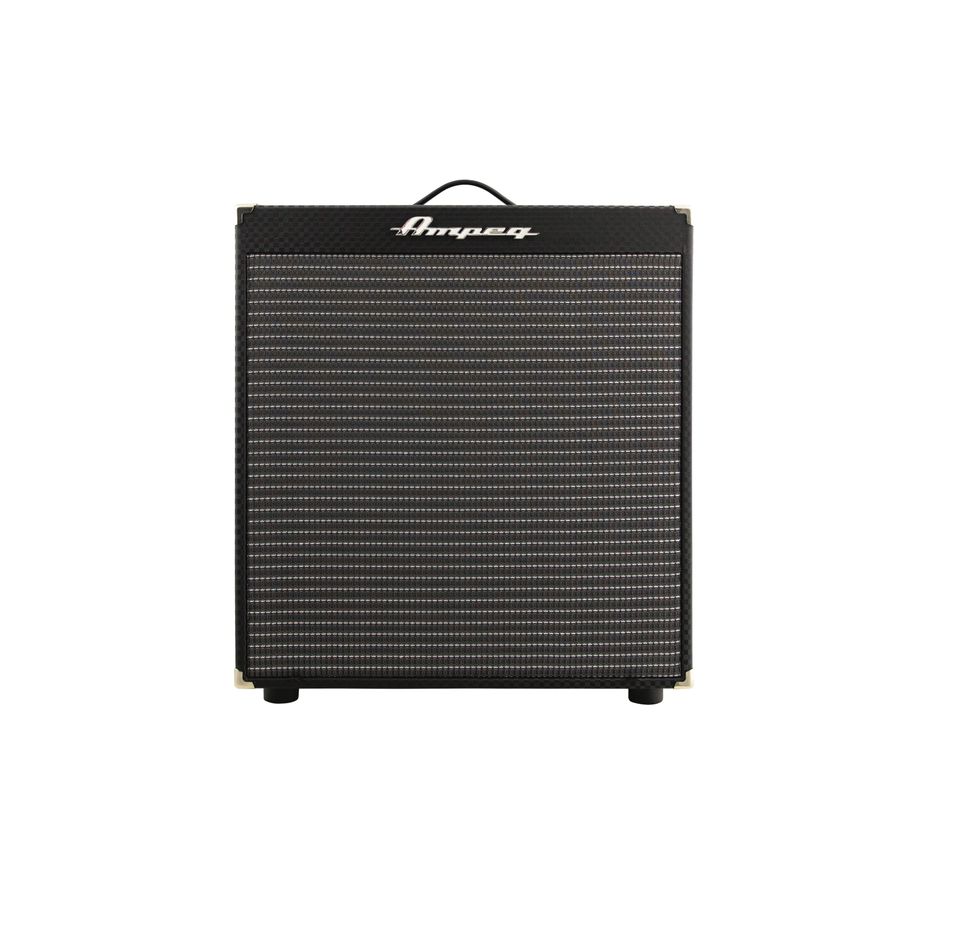 Victor Brodén
Victor BrodénEven though Ampeg has made amplifiers based on modern, lightweight technology for years, to many of us the brand represents the gold standard of vintage bass tone. When an engineer or artist asks you to provide an Ampeg sound in the studio or on a gig, they usually want the unmistakable low-mid thump of a B-15 or the unparalleled sub-lows and top-end grit of a ’70s era SVT with tubes that have been cooking for a few hours. So, whenever I try any new product from Ampeg, those sound standards are at the fore of my imagination. The 200-watt Rocket Bass RB-115, from Ampeg’s new Rocket line of combos, captures the essence of many of those foundational Ampeg tones in an amp that’s easy on the wallet, easy to use, and even surprisingly easy to carry.
8. Magnatone Starlite
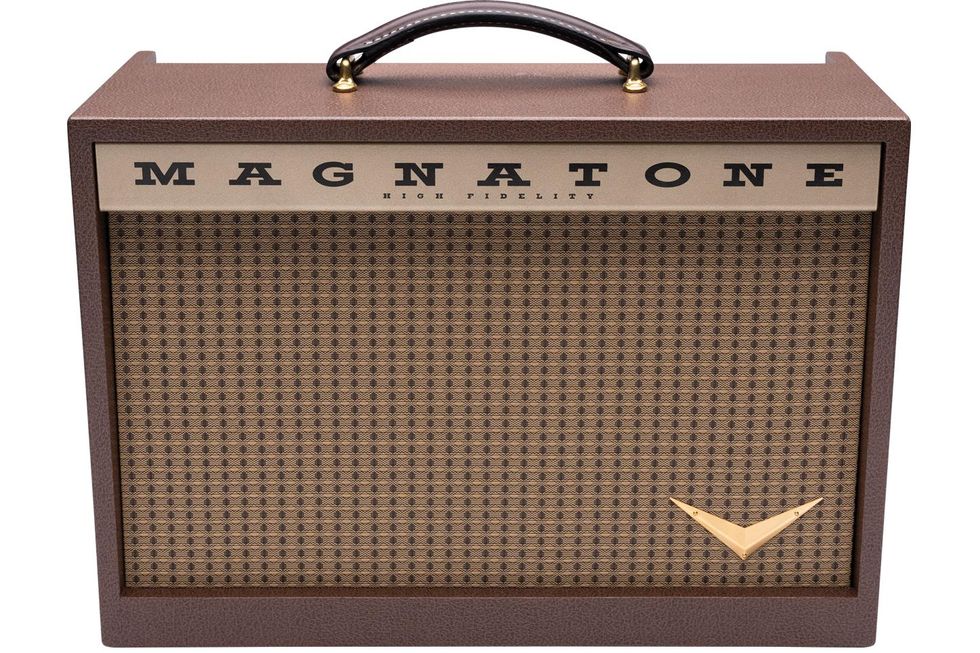 Charles Saufley
Charles SaufleyThe fact that small amps excel—and can sound really big—in studio situations isn’t news as much as it’s audio engineering gospel. But while little amps like the Fender Champ, Gibson Skylark, and Danelectro DM10 have been pulling feats of trompe-l’oeil on records for decades, some small combos still sound bigger and badder than others. And I feel pretty good about making the case for Magnatone’s new 5-watt Starlite as one of the biggest sounding—and most flexible—little amps that’s ever joined this club of overachievers.
7. Boss IR-200
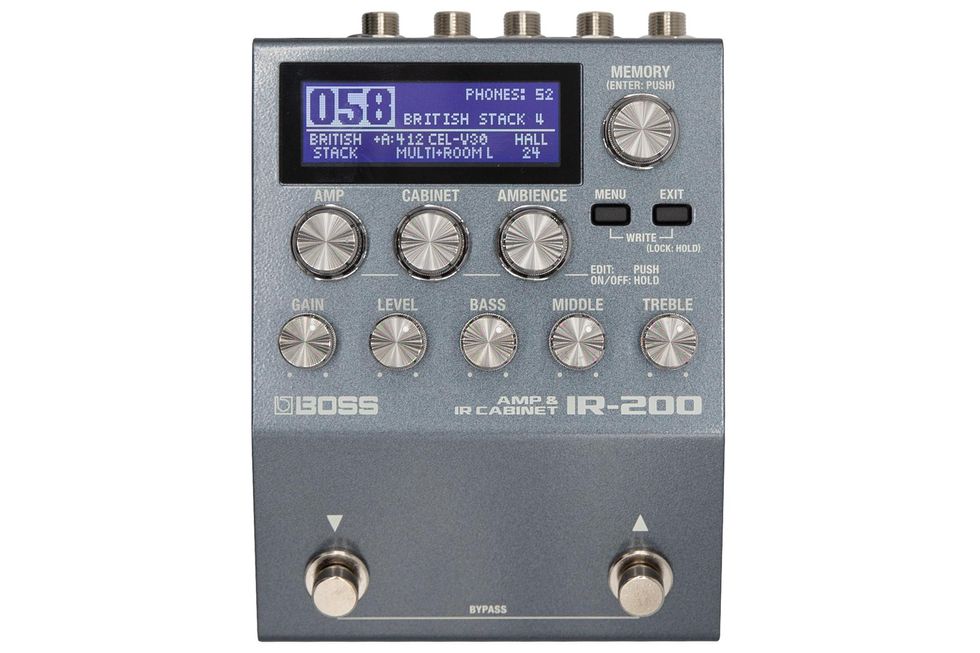 Shawn Hammond
Shawn HammondIf you’ve been lusting after Kemper, Fractal, or Line 6 amp modelers but fear they’d be overkill for your brain or wallet, the Boss IR-200 is among the most stacked—yet relatively simple and straightforward—alternatives you could consider.
6. Boss SY-200
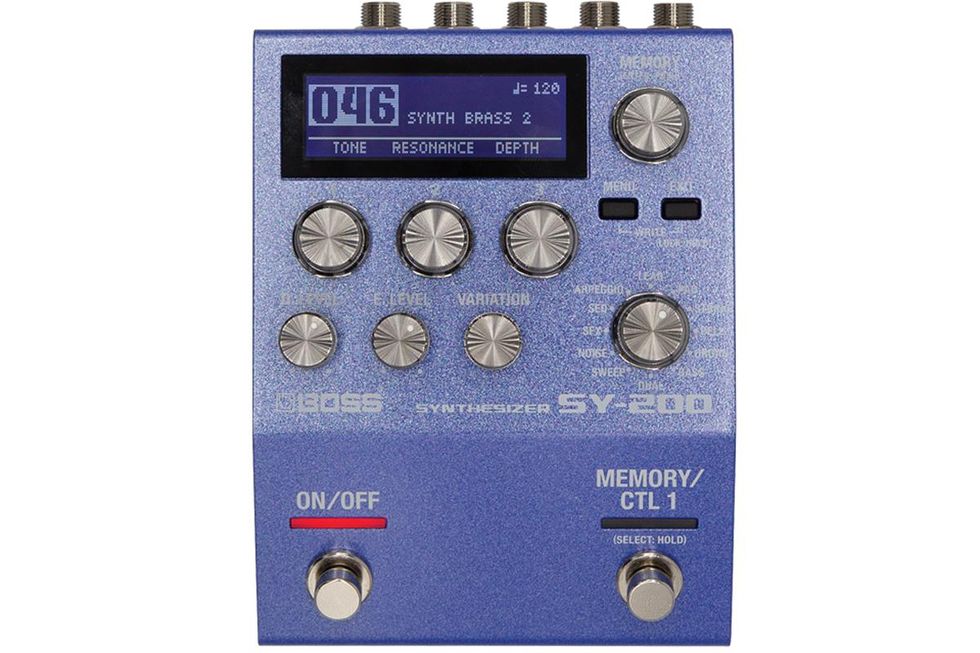 Ted Drozdowski
Ted DrozdowskiRoland produced the first guitar synthesizer, the GR-500, in 1977. It was cumbersome—requiring multiple rack spaces or a tabletop stand, and a special guitar outfitted with hexaphonic pickups. Problems with latency and tracking were all too real, as anyone who tried bending a note learned. But, with the right coddling, they sounded heavenly. Check out David Bowie’s “Ashes to Ashes” to hear the GR-500 at its best.
5. Fender Hammertone Reverb, Overdrive, Flanger, Chorus, and Delay
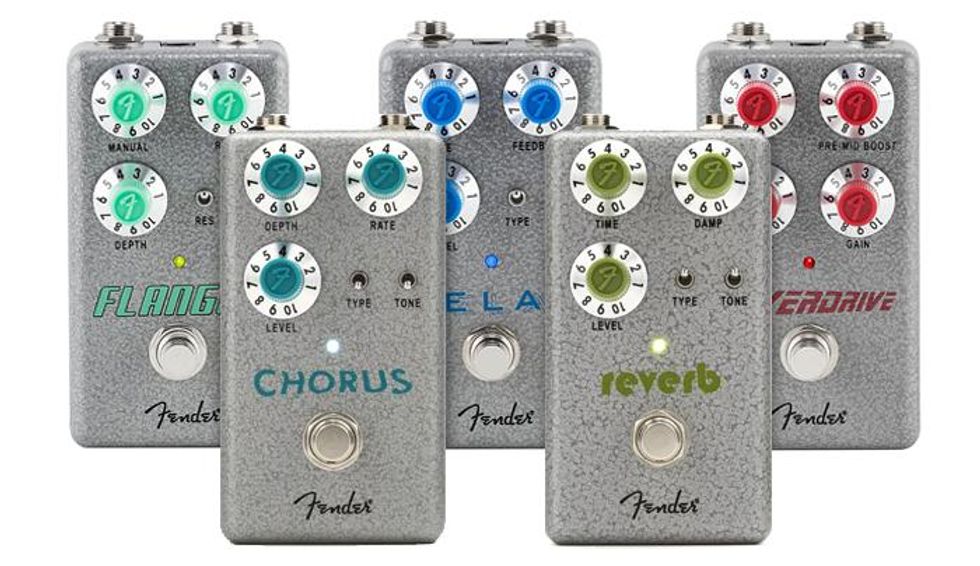 Charles Saufley
Charles SaufleyFender’s most important gift to the effects cosmos is spring reverb. That legacy, however, tends to obscure other high points in the company’s effects history, which is dotted with a few classics—if not runaway commercial hits.
At appealing prices ranging from $79 to $99, the new Fender Hammertone pedals could easily be huge sellers. But what makes these effects extra attractive is that they don’t have the functional or operational feel of generic entry-level pedals. Most have a strong, even distinctive, personality—at least compared to other inexpensive effects. They each come with extra features and voices that stretch the boundaries of the foundational tones. And if the voices aren’t always the most refined or lush when compared to more expensive analog equivalents or expensive digital units, they are fun and prompt a lot of musical sparks.
4. Taylor AD27e Flametop
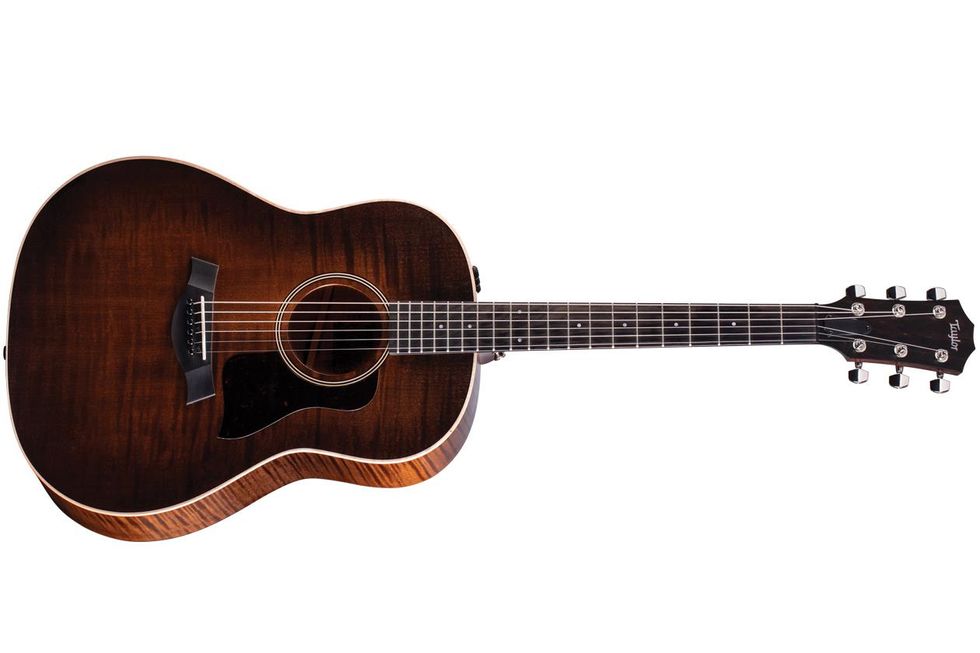 Charles Saufley
Charles SaufleyOne of the nice things about designing guitars for a company like Taylor is that you’re less burdened by tradition. Even though the builder is now nearly a 50-year-old institution—not to mention one of the biggest guitar makers in the world—to many acoustic traditionalists they are still very much the new kid on the block. While such fresh-faced “newness” may mean flattop classicists look askance at your every move, it also means you can introduce a design departure like the company’s V-Class bracing without risk of rebellion from your consumer constituency—or, for that matter, build a dreadnought with a top fashioned from big leaf maple.
3. EVH 5150 Iconic Series 40W 1x12 Combo
 Joe Charupakorn
Joe CharupakornThe late Eddie Van Halen spent much of his early career in search of what’s now known as the “brown sound.” Years after cracking the code, he helped bottle various versions of the recipe into the 5150 line of amps. Various iterations of these amps are now studio and stage staples, and are often used in heavy genres that transcend Van Halen’s vision.
2. PRS SE Silver Sky
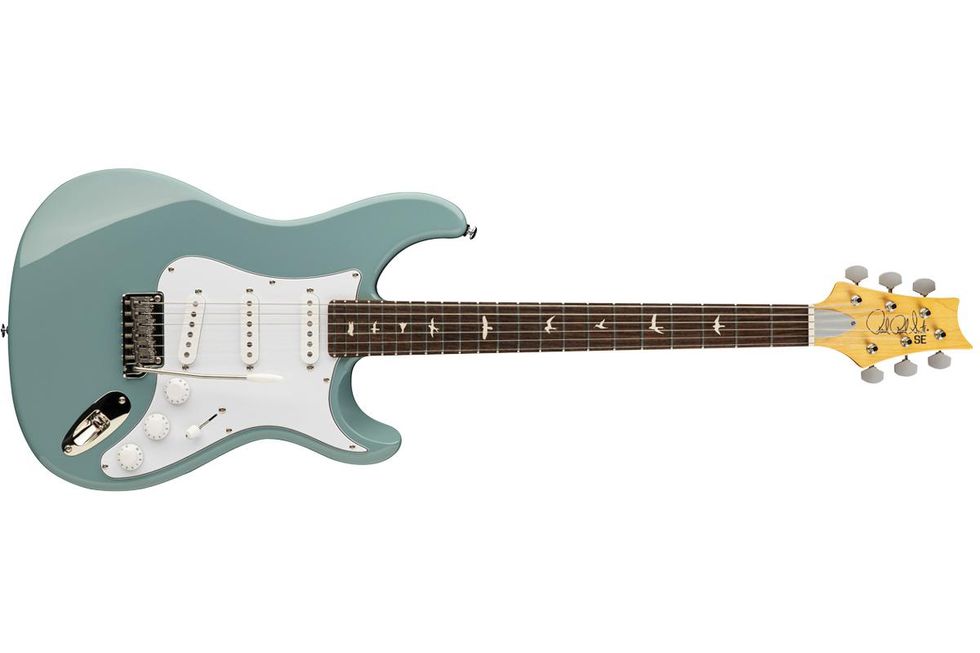 Ted Drozdowski
Ted DrozdowskiBudget renditions of established-model guitars used to make me skeptical. There was often a hitch: rough frets, pickups that were let-downs, funky pots, etc. But over the past decade-plus, the quality of guitars built in Asia by the major brands has continued to improve. PRS’s lower-priced version of their John Mayer signature model, the SE Silver Sky, is a premier example.
1. Fender American Vintage II ’72 Thinline Telecaster
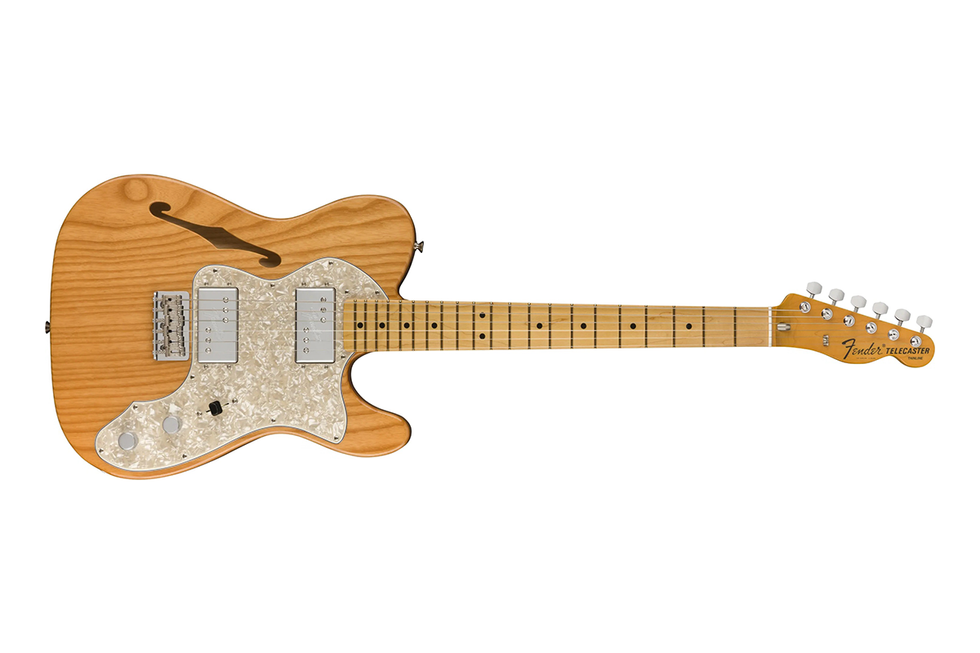 Charles Saufley
Charles SaufleyIn the 50 years since their big, chrome covers first reflected a hot stage light, Fender’s Seth Lover-designed Wide Range humbuckers have gone from maligned to revered. The guitars built around Wide Range pickups are legends in their own right, too. Keith Richards’ Telecaster Custom is synonymous with the Stones dynamic and adventurous late-70s-to-early-80s period. Scores of punk and indie guitarists made the Telecaster Deluxe a fixture of those scenes. And Jonny Greenwood almost singlehandedly elevated the Starcaster from a curiosity to an object of collector lust. The fourth member of the Wide Range-based guitar family, the ’72 Telecaster Thinline, lived a comparatively low-profile life. Yet it is a practical, streamlined, uniquely stylish, and multifaceted instrument with a truly original voice—qualities that are plain to see, feel, and hear in this new American Vintage II incarnation.
